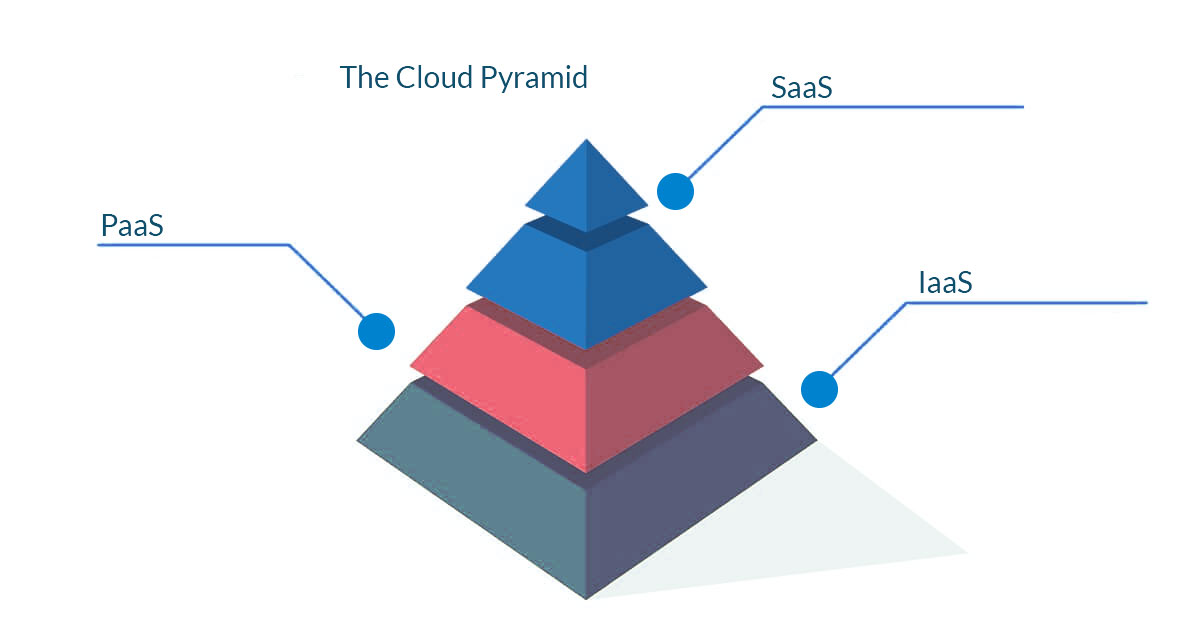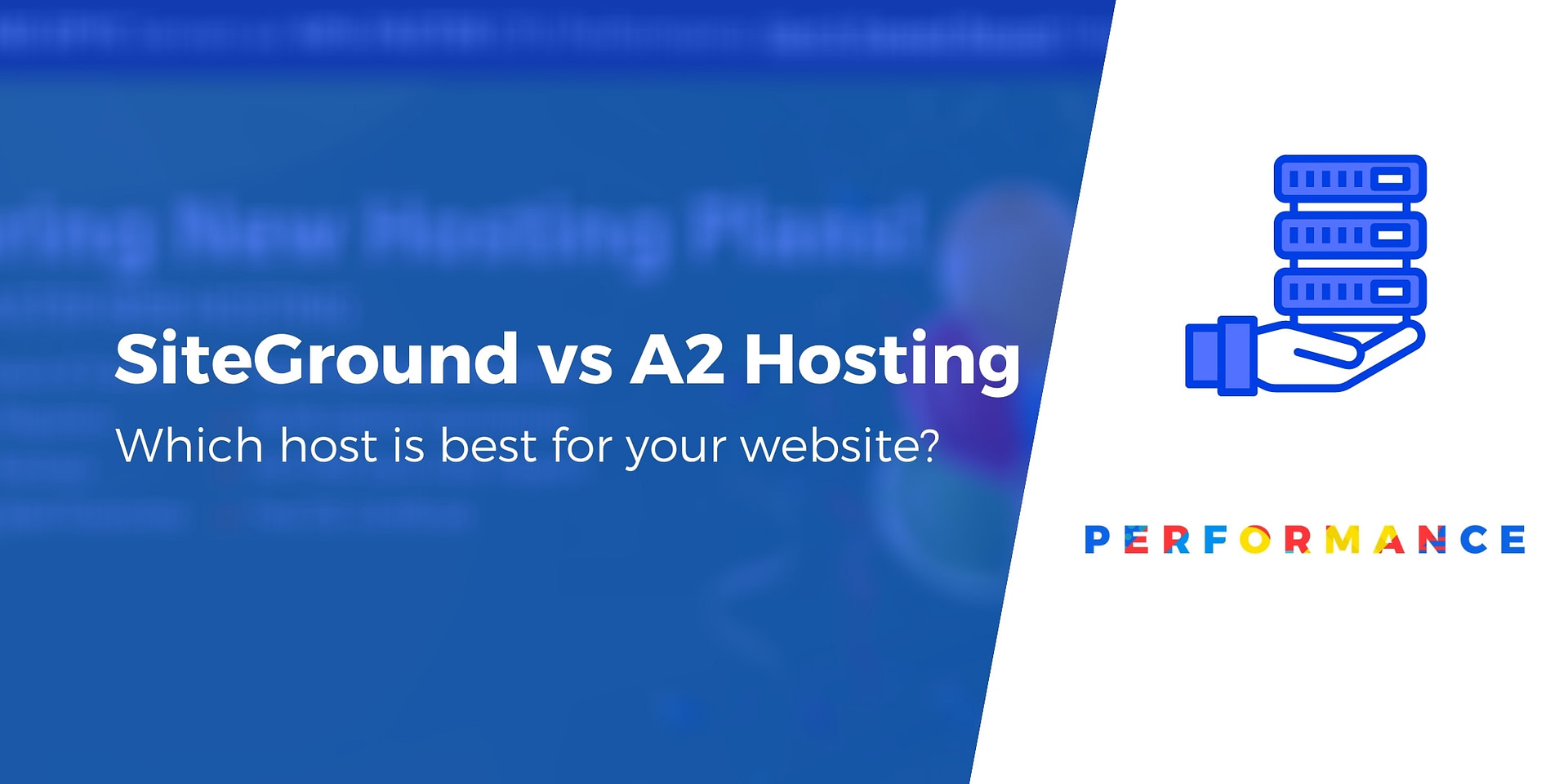
We will be looking at the Transmission Control Protocol, (TCP), as well as Internet Protocol (IP) technologies in this article. We'll also cover the Application layer protocol and the Stateless Protocol. This information will help you understand how to use and implement network protocols. Additionally, you will learn the history and functions for each protocol.
Transmission Control Protocol
TCP/IP is a combination of the Internet Protocol (IP) and Transmission Control Protocol (TCP). The IP is the layer which determines how packets travel through a network. TCP is the layer which ensures reliable transmission of data over Internet-connected networking networks. TCP checks packets for errors, and requests retransmission if needed. This allows computers to communicate with one another.
TCP protocol can be used for reducing latency. Data can be lost if there is a delay in receiving acknowledgement from the receiving device. TCP groups data packets by segments or parts. To ensure identical packets, the TCP protocol requires each segment to contain a checksum field. If the checksum field gets corrupted, the destination won't send an ACK.

Internet Protocol
Transmission Control Protocol is one of many protocols that make up the Internet protocol suite. It was originally designed to be used in network deployment and it was later extended to include Internet Protocol (IP). The entire suite of protocols is commonly known as TCP/IP. TCP is a data protocol used to facilitate communication over long distances.
The difference between TCP and IP lies in the way they work. TCP works in a more reliable manner, as it establishes a reliable and consistent communication session. IP, while connectionless, acts as a service for datagrams. Although IPv4 is the most popular version of the Internet Protocol (IPv4), IPv6 is growing in popularity for private and public networks. This brings new features and challenges to administrators.
Application layer protocols
TCP/IP protocol stack is made up of many layers. Each layer has its own set rules and responsibilities. Each layer uses data to communicate information by agreeing on the way it should transmit information. Each layer is made up of many components. The protocols that make up each layer are like a stack of blocks. The protocols are sometimes called stacks because they are organized in layers that are related.
The application layer is at the top of the TCP/IP model and specifies the protocols that are used by applications. This layer provides global access to information and facilitates communication between applications. It also helps with communication synchronization and resource availability. An example of this is the application layer, which allows users to access the World Wide Web via remote servers and to receive messages.

Protocol that is stateless
A stateful protocol requires a server to hold some information in order to send data. This is an essential requirement for computer programs. Without a server, a phone can't browse the internet. The server then processes the client's request. Different protocols may have different degrees of dependence between the server or client. Stateless protocols are free from this dependency and therefore have less load on the servers.
Stateless protocols are more resource-efficient than stateful protocols, because they require less information to orient. There are some drawbacks to stateless protocol. A stateless protocol may not be suitable in all cases. For example, it might not be able identify the source for spam messages.
FAQ
How do I create my own website?
It all depends on which type of website it is. Are you trying to sell products online, create a blog or build a portfolio of websites?
A combination of HyperText Markup Language, Cascading Stil Sheets and HTML can create an essential website. It is possible to make a basic website with HTML and CSS. However, many web developers recommend using a WYSIWYG editor, such as Frontpage or Dreamweaver.
If you don't have experience designing websites, hiring a freelance developer might be the best option. They can help you create a custom website based on your needs.
Freelance developers can charge either an hourly or a flat fee. The price of hiring a freelancer will vary depending on how much work is completed within a specified timeframe.
For example, companies may charge 50-100 dollars an hour. You'll usually get higher rates for larger projects.
Many freelance websites also list open jobs. It is possible to search on these websites before reaching out directly to potential developers.
What is a responsive web design?
Responsive Web Design, also known as RWD, is a way of designing websites so that content displays on all devices. This includes desktop computers, tablets (tablets), smartphones, etc. This allows visitors to view the website on one device and access other features like buttons, navigation menus, etc. The goal of RWD is to ensure that when a user views a site on any screen size, they view the exact version of the site.
For example, if you were building a website for a company whose products sell primarily through eCommerce, you would want to ensure that even if a customer viewed your website on a smartphone, they could easily purchase items from your store.
Responsive websites will adjust their layout according to the device that is being used. It will appear the same as a regular desktop website if you view it on your laptop. The page will look completely different if it's viewed on your smartphone.
This allows you to create one website that works on all devices.
WordPress is it a CMS?
Yes. It's called a Content Management System. A CMS allows you to manage your website content from within a web browser instead of using an application such as Dreamweaver or Frontpage.
WordPress is completely free! Hosting, which is usually provided by your ISP, is free.
WordPress was initially created as a blogging platform, but it now offers many other options such as eCommerce sites, forums and membership websites. Portfolios are also available.
WordPress is simple to install and configure. It is necessary to download the installation file from their site and upload it on your server. Next, simply go to your domain name via your web browser and log into your new site.
After installing WordPress, it's necessary to register for a username. After logging in, you will see a dashboard that allows you to access all your settings.
From here, you can add pages, posts, images, links, menus, widgets, and plugins. If editing and creating new content is easier for you, skip this step.
But if you'd rather work with someone, you can hire a professional website designer to handle everything.
How to Make a Static Site
To create your first static website, you'll need to choose between two options:
-
Content Management System (a.k.a. WordPress): WordPress: Download this software and install it to your computer. This will allow you to create an essential website.
-
You will need to create a static HTML website. If you are familiar with HTML, it's easy to do.
It is worth hiring an expert if you want to build large websites.
You should start with option 2.
How to design a site?
Understanding your customers' needs is the first step. What do they look for on your site?
What problem might they face if your site doesn't have what they are looking for?
You now need to know how to fix the problems. Also, you need to ensure that your website looks professional. It should be easy to use and navigate.
Your website should be well-designed. Make sure that it doesn't take too long to load. People won't stay as long if it takes too long to load. They'll go somewhere else instead.
If you're going to build an eCommerce site, you need to think about where all your products are located. Are they all in the same place? Are they all in one place?
It is important to decide whether you will sell only one product or multiple products at once. Are you looking for a single product to sell or multiple products?
Once you have answered these questions, you can begin building your site.
Now, you have to think about the technical aspects of your site. How will your site work? It will it work fast enough? Can it be done quickly by people using their computers?
Will people be able to buy something without having to pay extra? Do they need to register in order to buy anything?
These are essential questions that you need to ask yourself. Once you know the answers to these questions, you'll be ready to move forward.
Statistics
- It's estimated that in 2022, over 2.14 billion people will purchase goods and services online. (wix.com)
- Is your web design optimized for mobile? Over 50% of internet users browse websites using a mobile device. (wix.com)
- Did you know videos can boost organic search traffic to your website by 157%? (wix.com)
- At this point, it's important to note that just because a web trend is current, it doesn't mean it's necessarily right for you.48% of people cite design as the most important factor of a website, (websitebuilderexpert.com)
- The average website user will read about 20% of the text on any given page, so it's crucial to entice them with an appropriate vibe. (websitebuilderexpert.com)
External Links
How To
Drupal 7: How to Use It for Web Design
Drupal is one the most widely used Content Management Systems (CMSs) today. It was developed back in 2003 by Dries Buytaert from Belgium. The name derives its name from Dirk Buijtewaard's and Pierre d'Herbemont's initial letters. Drupal was made open-source in 2005. Since then, many versions have been released. Drupal is widely used today by companies and websites around the globe.
Drupal is extremely popular among website owners due to several reasons. Drupal is free to download, and easy to install. It's easy to customize and extend. It is also very well documented. Fourth, forums and IRC channels provide great support. It can be extended via modules. Sixth it supports multiple languages. It is easy customizable. It can be scaled. It is also secure. Tenth, reliable. It is also supported by the community. All these factors make Drupal a perfect choice for your next project.
You may wonder what Drupal is different from other CMS systems. It is very simple. Drupal is an open-source content administration system. Drupal is completely open-source and freely available for download. Drupal allows you to have full control of your website. You can edit your website, add pages or delete them, and change the colors, fonts, images and videos.
Drupal is the best option if you lack technical skills but want to build a website. Unlike other CMS, you don't need to know anything about programming to start building your website. You only need to know how Drupal works. This will allow you to customize your website as per your requirements.
Drupal's many pre-built themes, and plugins are another benefit. These plugins allow you to improve the functionality of your site. For example, you can use the Contact Form module to collect contact information from visitors. Google Maps is another option to show maps on your website. Drupal comes with thousands of pre-made templates. These templates give your site a professional look.
Drupal is flexible, too. You can add new modules and even replace existing ones without worrying about compatibility issues. If you are looking to integrate social networks into your website, this is possible quickly. You can also setup RSS feeds or e mail subscriptions.
Drupal's flexibility is also a plus. Drupal can be customized with custom fields and forms. You can also manage users. Drupal is capable of creating complex layouts.
Drupal is also reliable and sturdy. It is stable and can scale. It also offers great security features. Drupal is a solid web development platform.